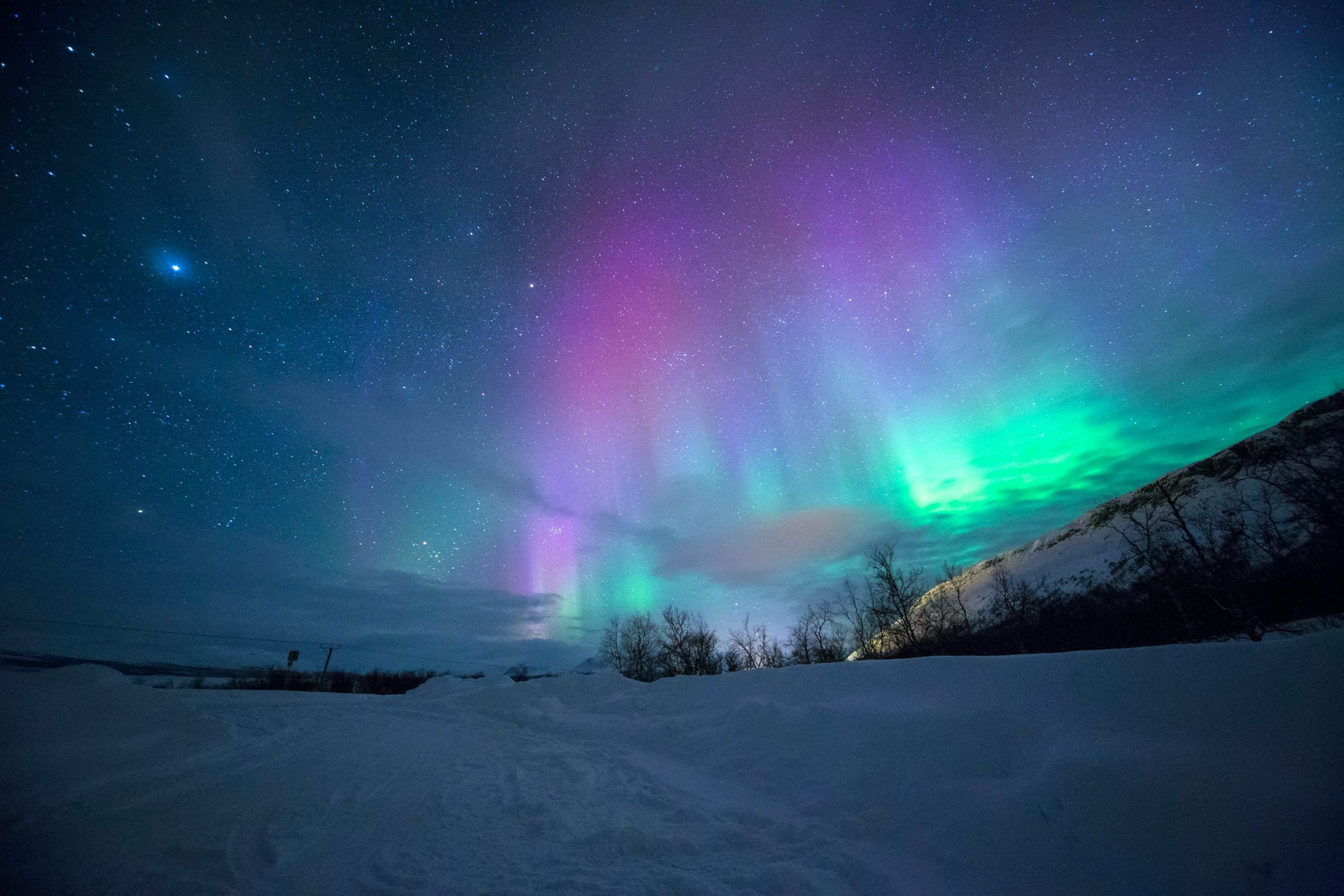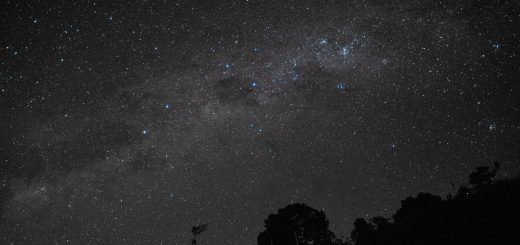Exploring Afterlife Beliefs in Inuit Culture and Mythology

Hey there, amazing readers! 🖐️ Just a quick note: yes, we know there are a lot of ads here. Trust us, we get it—it’s not the prettiest look, but they help us keep this blog alive and kicking. Those pesky little ads cover the costs of all the behind-the-scenes magic, from hosting and tech stuff to creating content we hope you’ll love.
We’re committed to delivering quality posts, and your support (even just sticking around despite the ads) means everything to us. So, bear with us, and thanks for helping us keep the good vibes rolling. Now, on to the fun stuff! 😉
TRANSLATE BUTTON AT THE END OF THE ARTICLE
Introduction to Inuit Afterlife Beliefs
Inuit afterlife beliefs are deeply rooted in the culture and mythology of the indigenous people of the Arctic regions.
These beliefs shape how the Inuit view death, the soul, and the spirit world.
The Inuit have a rich and complex understanding of what happens after death, reflecting their close connection to the natural world and their ancestors.
Exploring Inuit afterlife beliefs provides a window into a worldview that is both fascinating and profound.
Origins of Inuit Views on the Afterlife
The origins of Inuit views on the afterlife can be traced back to their ancient traditions and mythology.
For the Inuit, the afterlife is not a distant or otherworldly realm but an integral part of their everyday existence.
Their beliefs are intertwined with the harsh realities of life in the Arctic, where survival depends on a deep respect for nature and the spirits that dwell within it.
This connection to the land and the elements has shaped the way the Inuit understand death and the journey of the soul.
Concepts of the Inuit Soul and Spirit
Inuit beliefs about the soul and spirit are complex and multifaceted.
The soul is seen as a vital life force that exists in all living beings, connecting them to the natural world and to their ancestors.
When a person dies, their soul embarks on a journey to the afterlife, guided by spirits and shamans.
The spirit, on the other hand, is a more ethereal entity that can move freely between the physical and spiritual realms.
Both the soul and the spirit play crucial roles in Inuit afterlife beliefs, shaping how the deceased are remembered and honored.
Role of Shamanism in Inuit Afterlife Beliefs
Shamanism plays a central role in Inuit afterlife beliefs, as shamans are seen as intermediaries between the living and the spirit world.
Shamans have the ability to communicate with spirits, guide the souls of the deceased, and perform rituals to ensure a safe passage to the afterlife.
Their knowledge of the spirit world and their connection to the supernatural make them essential figures in Inuit society, respected for their wisdom and power.
Shamanic practices, such as drumming, chanting, and storytelling, are integral to Inuit rituals surrounding death and the afterlife.
Inuit Beliefs about Death and the Spirit World
Inuit beliefs about death are deeply intertwined with their understanding of the spirit world.
Death is not seen as the end of life but as a transition to a different state of being.
The deceased are believed to continue their existence in the afterlife, where they are reunited with their ancestors and live on in spirit form.
The spirit world is seen as a parallel realm that exists alongside the physical world, inhabited by spirits, gods, and other supernatural beings.
Inuit beliefs about death emphasize the continuity of life and the interconnectedness of all living things.
Journey of the Soul in Inuit Mythology
In Inuit mythology, the journey of the soul after death is a fascinating and complex process.
The soul must navigate through various stages and obstacles before reaching the afterlife, guided by spirits and shamans along the way.
Different cultures have different interpretations of the soul’s journey, but in Inuit mythology, it is a transformative and spiritual experience that shapes the soul’s existence in the afterlife.
Stories and legends passed down through generations offer insight into the challenges and rewards of the soul’s journey, shedding light on the mysteries of life and death.
Inuit Practices for Honoring the Departed
Inuit practices for honoring the departed are deeply rooted in their cultural traditions and beliefs.
When a person dies, their family and community come together to mourn, celebrate, and remember the deceased.
Rituals such as drumming, chanting, and storytelling are performed to guide the soul to the afterlife and ensure a peaceful transition.
Offerings of food, clothing, and other items are made to the deceased to provide comfort and support in the afterlife.
These practices reflect the Inuit belief in the importance of maintaining a connection with the spirits of the departed and honoring their memory.
Relationship Between the Living and the Dead
The relationship between the living and the dead is a central aspect of Inuit afterlife beliefs.
The deceased are seen as powerful beings who can influence the living in various ways.
It is believed that the spirits of the ancestors continue to watch over and guide their descendants, offering protection and wisdom from the spirit world.
This connection between the living and the dead is maintained through rituals, ceremonies, and storytelling, which serve to honor the memory of the deceased and strengthen the bond between the two realms.
Inuit Stories of Reincarnation and Transformation
Inuit stories of reincarnation and transformation are rich with symbolism and meaning.
Reincarnation is seen as a natural process by which the soul is reborn into a new body, carrying with it the memories and experiences of past lives.
Transformation, on the other hand, is a more profound and mysterious phenomenon that involves the soul changing shape or form to fulfill a specific purpose.
These stories of reincarnation and transformation reflect the Inuit belief in the cyclical nature of life and the interconnectedness of all living beings.
Comparing Inuit Afterlife Beliefs with Other Cultures
Comparing Inuit afterlife beliefs with those of other cultures reveals both similarities and differences in how different societies understand death and the afterlife.
While some cultures view death as the end of life, others see it as a transition to a new state of being.
Inuit beliefs about the soul, spirit, and the afterlife are unique in their emphasis on the interconnectedness of all living things and the continuity of life beyond death.
By exploring these cultural differences, we can gain a deeper appreciation for the diversity of human beliefs and experiences surrounding death and the afterlife.
Modern Interpretations of Inuit Afterlife Beliefs
In modern times, Inuit afterlife beliefs have undergone some changes and adaptations as the indigenous people of the Arctic regions interact with the broader world.
While traditional practices and rituals are still observed, there has been a shift towards incorporating new elements and ideas into Inuit views on the afterlife.
Some Inuit communities have embraced Christianity and other religions, blending traditional beliefs with modern faiths.
These modern interpretations of Inuit afterlife beliefs reflect the dynamic nature of culture and the ongoing evolution of spiritual practices in a changing world.
Impact of Colonialism on Inuit Views of the Afterlife
The impact of colonialism on Inuit views of the afterlife has been significant, as the indigenous people of the Arctic regions have faced centuries of cultural suppression and forced assimilation.
The introduction of Western beliefs and values has challenged traditional Inuit afterlife beliefs and practices, leading to a loss of cultural identity and spiritual connection.
Colonialism has disrupted the transmission of ancestral knowledge and wisdom, eroding the indigenous worldview and threatening the survival of Inuit traditions.
Despite these challenges, many Inuit communities continue to resist colonial influences and work to preserve and revitalize their unique afterlife beliefs for future generations.
Conclusion
Exploring afterlife beliefs in Inuit culture and mythology provides valuable insights into the complex and profound ways in which indigenous peoples understand death, the soul, and the spirit world.
The rich tapestry of stories, rituals, and practices surrounding the afterlife reflects the Inuit people’s deep connection to the natural world and their ancestors.
By examining the origins, concepts, and practices of Inuit afterlife beliefs, we can gain a deeper appreciation for the diversity of human experiences and beliefs surrounding death and the afterlife.
It is essential to respect and honor the unique perspectives and traditions of the Inuit people, recognizing the resilience and strength of their cultural heritage in the face of ongoing challenges and changes in the modern world.

The Enlightenment Journey is a remarkable collection of writings authored by a distinguished group of experts in the fields of spirituality, new age, and esoteric knowledge.
This anthology features a diverse assembly of well-experienced authors who bring their profound insights and credible perspectives to the forefront.
Each contributor possesses a wealth of knowledge and wisdom, making them authorities in their respective domains.
Together, they offer readers a transformative journey into the realms of spiritual growth, self-discovery, and esoteric enlightenment.
The Enlightenment Journey is a testament to the collective expertise of these luminaries, providing readers with a rich tapestry of ideas and information to illuminate their spiritual path.
Our Diverse Expertise 🌟
While our primary focus is on spirituality and esotericism, we are equally passionate about exploring a wide range of other topics and niches 🌍📚. Our experienced team is dedicated to delivering high-quality, informative content across various subjects ✨.
To ensure we provide the most accurate and valuable insights, we collaborate with trusted experts in their respective domains 🧑🏫👩🏫. This allows us to offer well-rounded perspectives and knowledge to our readers.
Our blog originally focused on spirituality and metaphysics, but we’ve since expanded to cover a wide range of niches. Don’t worry—we continue to publish a lot of articles on spirituality! Frequently visit our blog to explore our diverse content and stay tuned for more insightful reads.




















